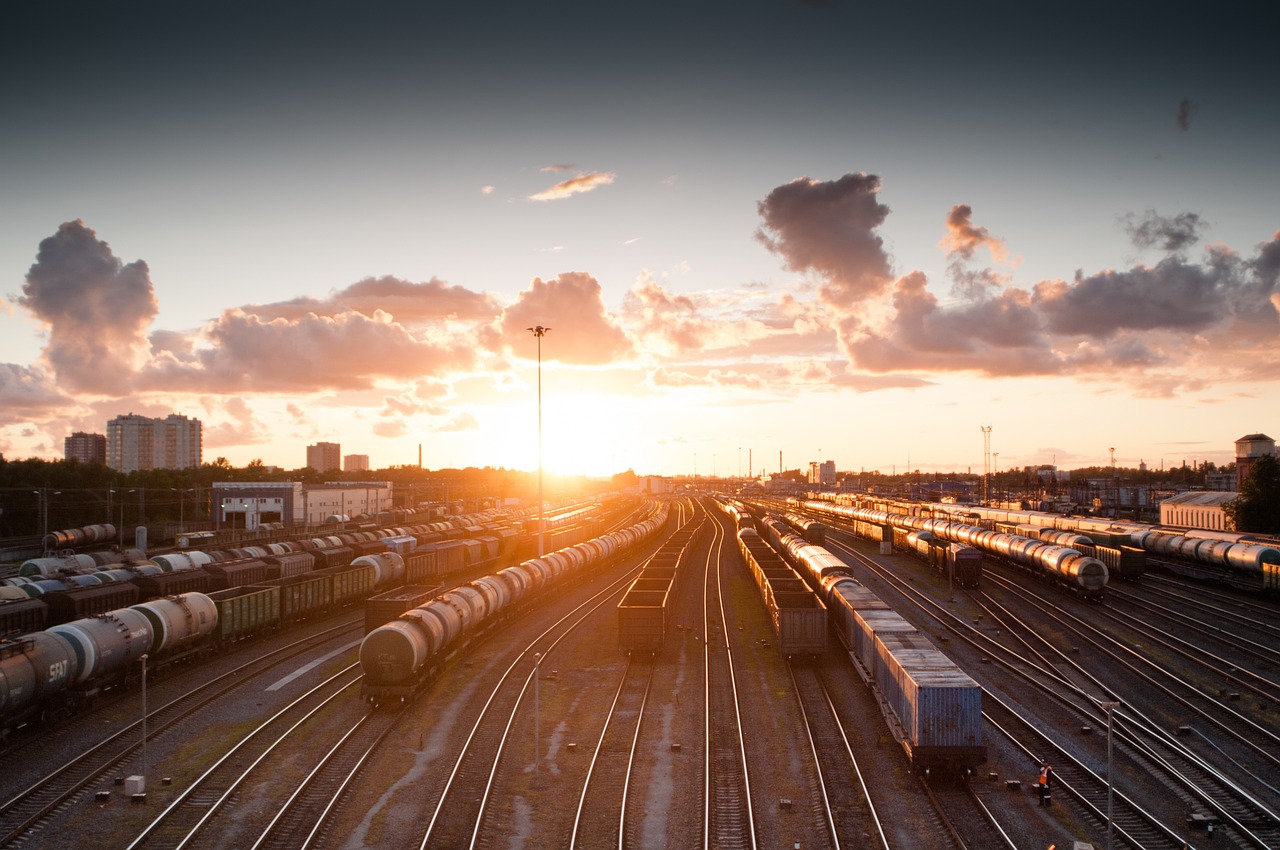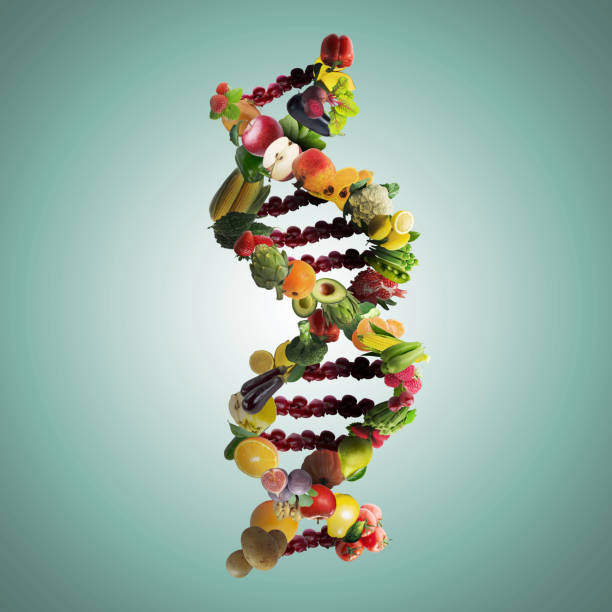The Promise and Pitfalls of Bioplastics in Manufacturing
Against an unsustainable backdrop, bioplastics emerge with their appeal of sustainability. We dive into the transformative potential of this seemingly green alternative and its impacts on the industry.

A Green Promise: Understanding Bioplastics
The threat to our environment by conventional plastic made from fossil fuels has prompted the search for alternatives. Bioplastics, manufactured from biomass sources, offers a promising solution with a lesser environmental footprint. They are designed to be more eco-friendly and less harmful, biodegrading more readily than traditional plastic.
Exploding Demand: Current Trends in Bioplastics
The global bioplastics market is witnessing a rapid surge in demand, on track to reach an estimated $44.2 billion by 2022. This growth is spurred by increased awareness and demand for sustainable production processes, and stricter plastic pollution regulations.
Beyond the Green Label: The Impacts of Bioplastics Production
The production of bioplastics, while intended to be eco-friendly, can also have unintended consequences. Land and water use, as well as greenhouse gas emissions associated with biomass production, pose additional environmental challenges requiring careful management.
Practical Insights for Navigating the Bioplastics Frontier:
- Understand the complete lifecycle of bioplastics: While bioplastics promise environmental benefits, understanding its full lifecycle will help businesses plan effectively.
- Technology collaboration: Partnerships can fast-track R&D processes and enhance the variety and efficiency of bioplastics production.
- Engage in policy dialogue: Engaging with policymakers is key. Policies can affect the availability, cost, and benefits of bioplastics.
Bioplastics: A Boon or Bane?
Recognizing the potential of bioplastics to diversify the material base and reduce the use of fossil resources, businesses across several sectors are exploring its reserves. However, the road to sustainability doesn’t lie in the production of bioplastics alone. It requires systemic shifts in waste management, changes in consumer behavior, and much more.
While bioplastics seem to present a way forward, the journey towards sustainability is inherently complex. The key is in discerning the true potential of alternatives, understanding the full lifecycle impacts, as well as the necessity for systemic changes. An informed approach to adopting bioplastics or any sustainable alternatives can drive operational efficiency, cost savings, and organizational resilience, shaping the path towards a greener and more sustainable future.




